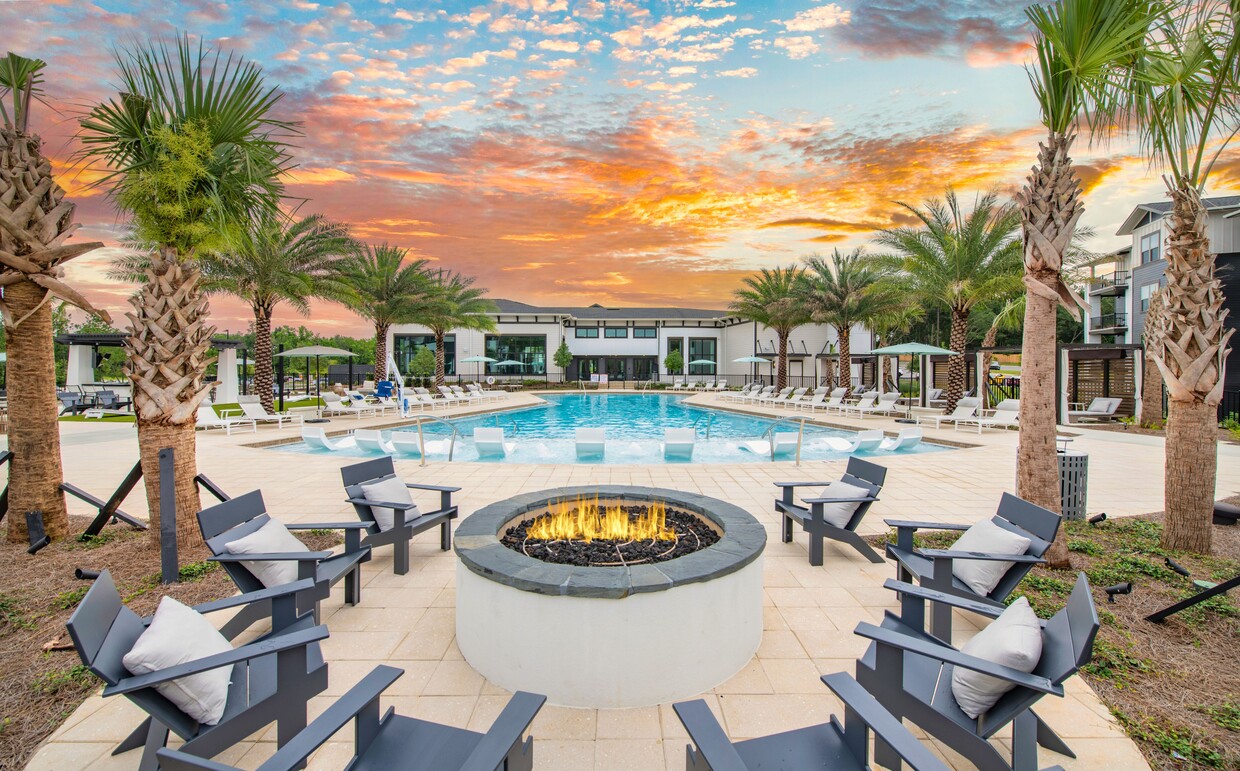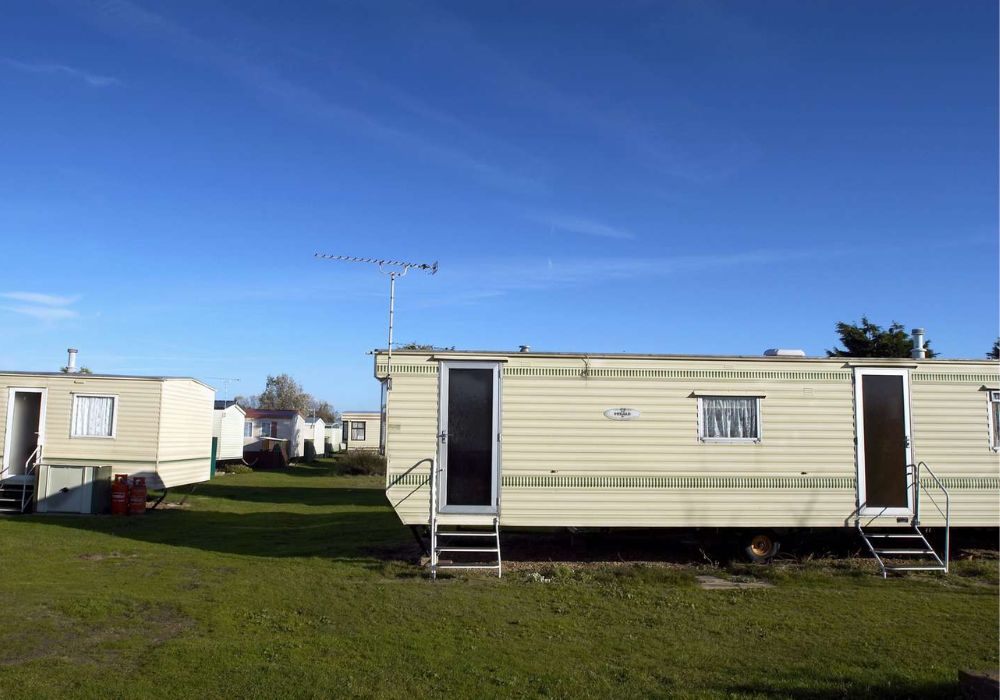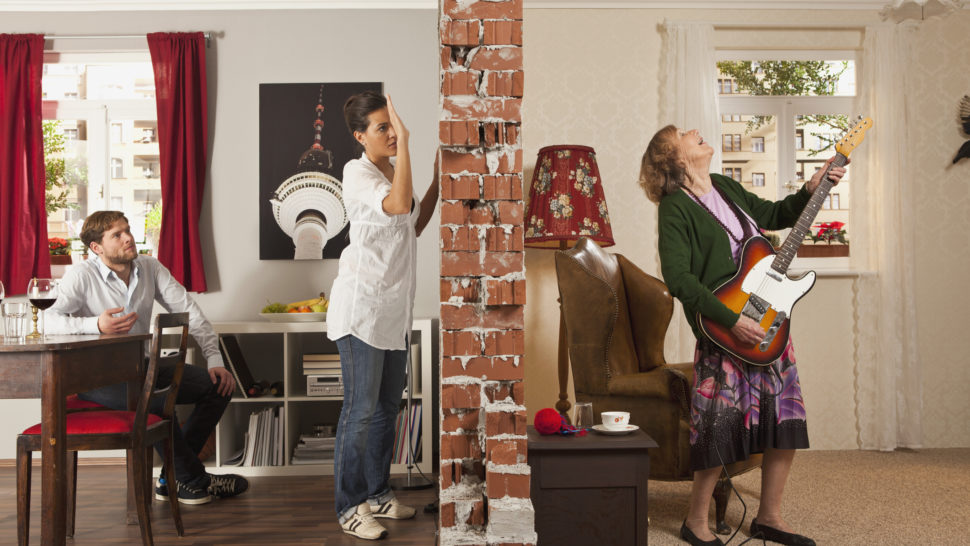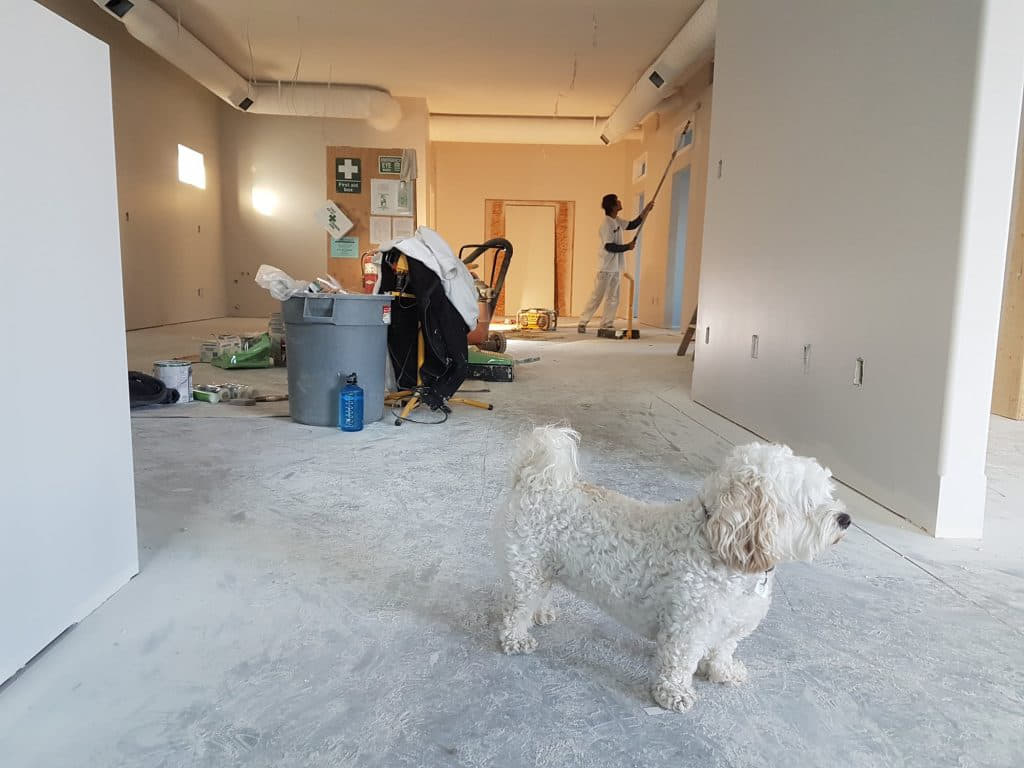Are apartments safer than houses? This question often arises when considering different housing options. In this article, we will explore the topic and highlight eight reasons why apartments can be considered safer than houses.
Are Apartments Safer Than Houses?

An apartment complex is generally considered private property, offering several advantages in terms of safety and security compared to independent houses. One key reason is the presence of enhanced security features within the complex.
For instance, apartment buildings frequently employ security guards, maintain locked gates, and utilize surveillance cameras. Moreover, apartment complexes are commonly situated in densely populated areas, which acts as a deterrent to potential criminal activities.
8 Reasons Why Apartments Are Safer Than Houses
Closer Proximity to Neighbors
One of the fundamental elements that contribute to the safety of apartments is their close proximity to neighbors.
In apartment buildings, residents share walls, hallways, and common spaces, fostering a sense of community and increasing the likelihood of neighbors being aware of any suspicious activities. With more eyes watching out for one another, it becomes more challenging for burglars to go unnoticed.
The close-knit nature of apartment living can also facilitate quicker response times in emergencies, as neighbors are readily available for assistance.
Installed Security Services
Many apartment complexes invest in installed security services to provide an additional layer of protection. These services often include 24-hour surveillance, controlled access systems, and on-site security personnel. Such measures help to deter potential intruders and provide residents with a heightened sense of security.
In contrast, houses typically rely on individual security systems or may lack comprehensive security measures altogether, making them more vulnerable to unauthorized entry.
Locked Gates and Hallways
Apartment complexes commonly implement controlled entry points, such as locked gates and hallways, which restrict access to authorized individuals only. These physical barriers act as a deterrent to potential intruders, reducing the risk of unauthorized entry and enhancing overall security.
In contrast, houses typically lack these controlled access features, making them more susceptible to break-ins and ensuring a higher level of vulnerability.
Increased Robbery Deterrence
The presence of multiple units within apartment buildings acts as a natural deterrent to burglars. Targeting a multi-family dwelling is a riskier endeavor for criminals compared to individual houses, as the likelihood of being detected or interrupted during the act increases significantly.
The higher visibility and potential for witnesses within apartment complexes make them less attractive targets for thieves, thus providing an added layer of safety for residents.
Enhanced Fire Safety Measures
Apartment buildings are subject to stringent fire safety regulations. Ground-level units offer easy access for quick evacuation, while higher floors are equipped with fire escapes for emergency exits. Additionally, many states mandate the presence of fire extinguishers and smoke detectors in apartment buildings, ensuring a higher level of preparedness and reducing the risk of fire-related incidents.
In contrast, houses may not have the same level of fire safety measures in place, leaving residents more vulnerable to the devastating consequences of a fire.
Proximity to Essential Services
Living in a city apartment often means being in close proximity to hospitals, medical facilities, and emergency services. In case of emergencies or medical crises, quick access to professional help can be critical and potentially life-saving. Additionally, urban areas tend to have well-lit streets, providing a safer environment for walking at night and reducing the risk of personal harm or assault.
Surveillance Systems
Apartment complexes frequently employ security cameras to monitor common areas and deter criminal activities. The presence of these surveillance systems provides a level of surveillance that is difficult to replicate in individual houses. In the event of an incident, the recorded footage can serve as valuable evidence for law enforcement and aid in the recovery of stolen property.
While homeowners can install their own security cameras, the comprehensive coverage provided by apartment complexes adds an additional layer of protection and peace of mind.
Reduced Risk of Falls
One often overlooked safety aspect of apartments is the reduced risk of falls, particularly in units without stairs. With all living spaces located on a single floor, residents are spared the potential hazards associated with navigating staircases.
This is particularly beneficial for older individuals, young children, or those with mobility issues, reducing the likelihood of accidents and injuries within the home.
Conclusion
Based on a comprehensive analysis of various safety factors, it becomes evident that apartments possess distinct advantages over houses in terms of safety. The close proximity to neighbors, installed security services, controlled access systems, enhanced fire safety measures, and proximity to essential services contribute to a safer living environment within apartment complexes.





